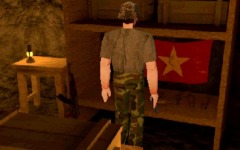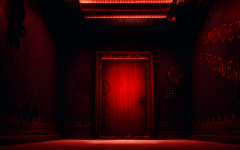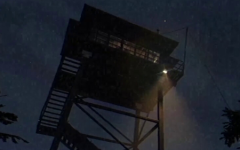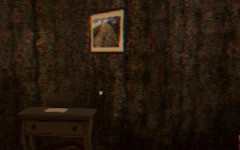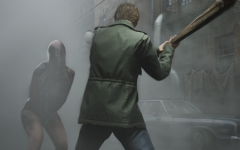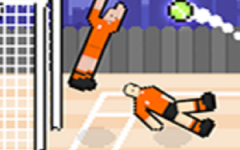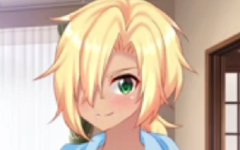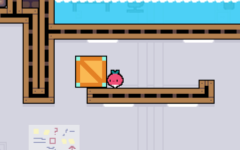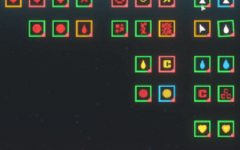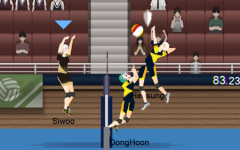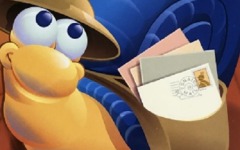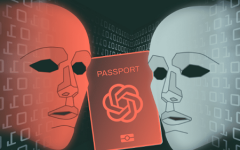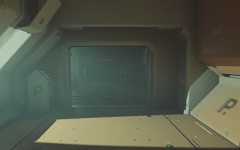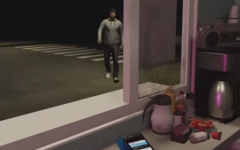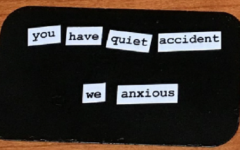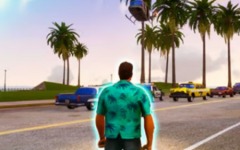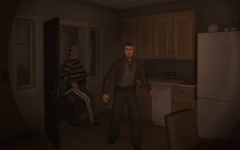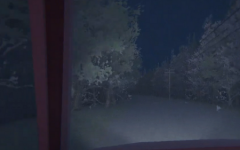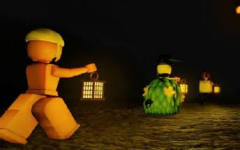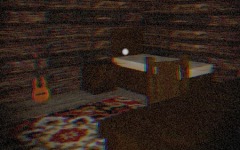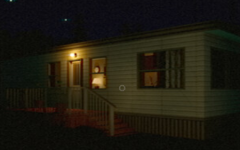Advertisement
Digging Hours
Advertisement
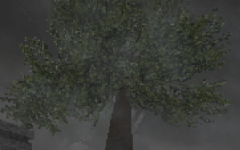
Digging Hours begins without introduction. You and another figure are already standing over fresh soil, surrounded by nothing but darkness and a faint outline of trees. A shovel waits. There are no voices, no guidance—just the understanding that something must be unearthed. The task seems clear, but the stillness around you refuses to stay neutral. Each action feels like it disrupts something older than the ground itself.
Mechanics Built Around Restraint
Movement is slow and deliberate. You walk, dig, swing, and react, but nothing feels routine. The controls are basic—WASD, E, Shift, LMB—but they bind you to the moment. Every step crunches too loudly. Every tool feels heavier than it should. The game relies on your own sense of rhythm, only to break it with sudden shifts in light, sound, or spatial distortion. Digging deeper becomes less about the task and more about enduring what the silence wants to hide.
Elements That Define Digging Hours
A confined rural setting, used to isolate rather than explore
Real-time digging progression with no pause or menu breaks
Minor visual and auditory anomalies that build psychological tension
Presence of a silent companion whose behavior is never fully explained
One continuous session designed for maximum discomfort
Unfolding Discomfort Over Time
As you disturb the soil, the environment begins to misbehave. What begins as a task transforms into something observational—you’re not just digging, you’re being watched. Not directly, but through absence. The figure next to you doesn’t speak, but their body language changes. The wind picks up when you hesitate. The sound of digging overlaps itself. You begin to notice objects—or people—where there were none a moment ago. But there’s no confrontation, only escalation.
End Without Closure
When the last shovel hits the final layer, nothing is resolved. The job is done, but the space hasn’t returned to normal. Your companion walks off, or disappears, depending on how long you wait. There’s no reward, no explanation—only a field that now feels worse than when it was untouched. Digging Hours doesn’t offer answers; it leaves you to sit with the act of disturbance, asking only what was really buried—and whether it should have stayed that way.





















































































































